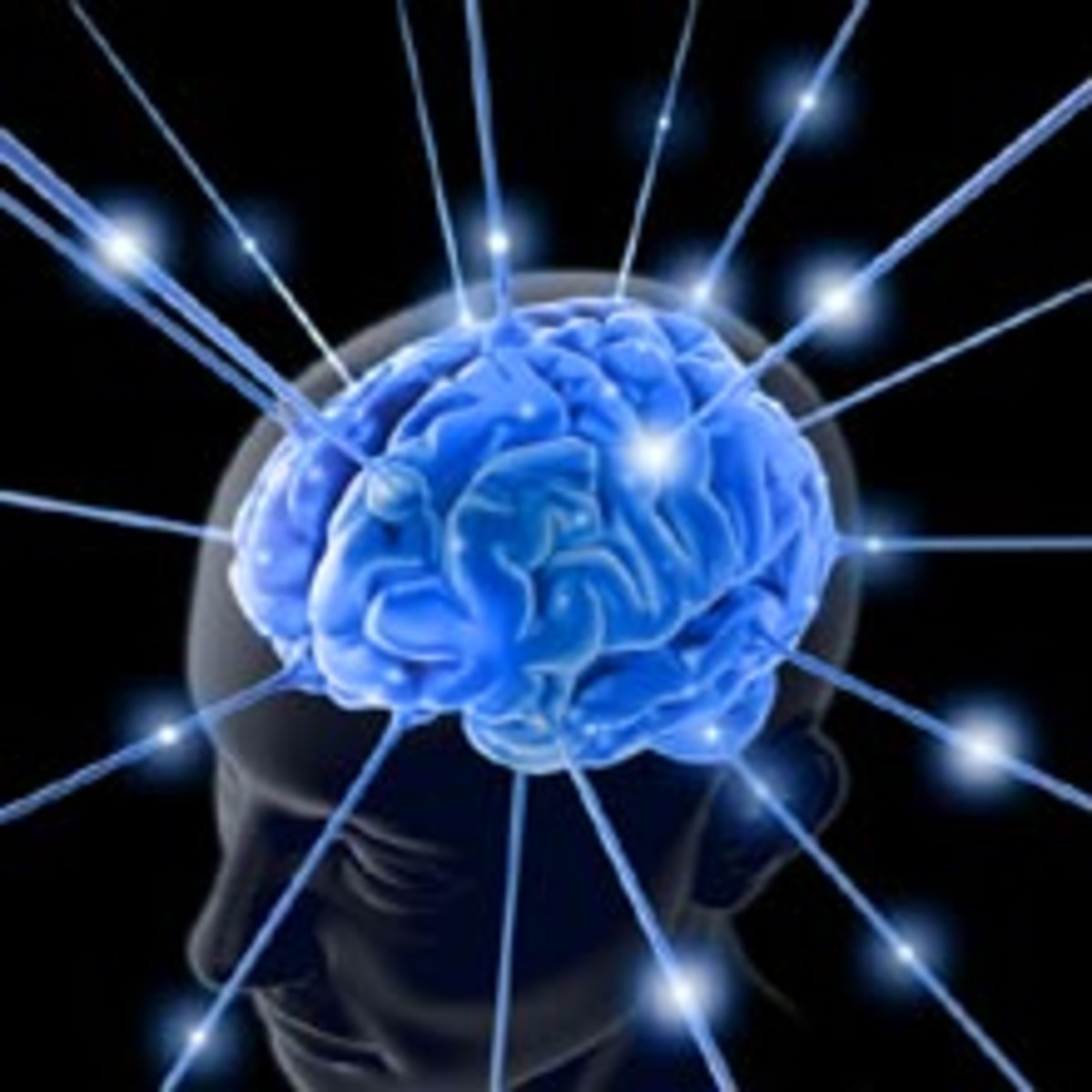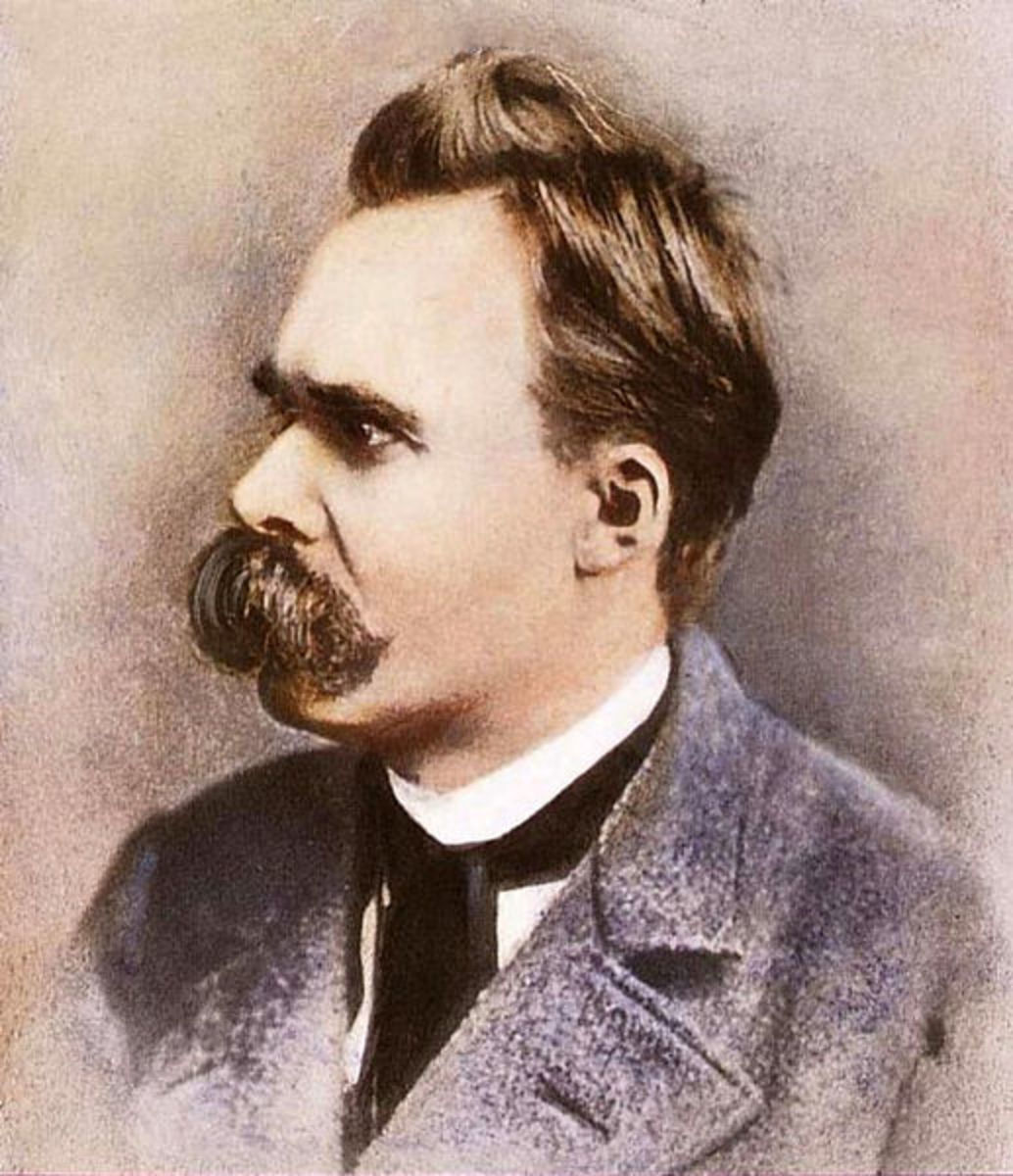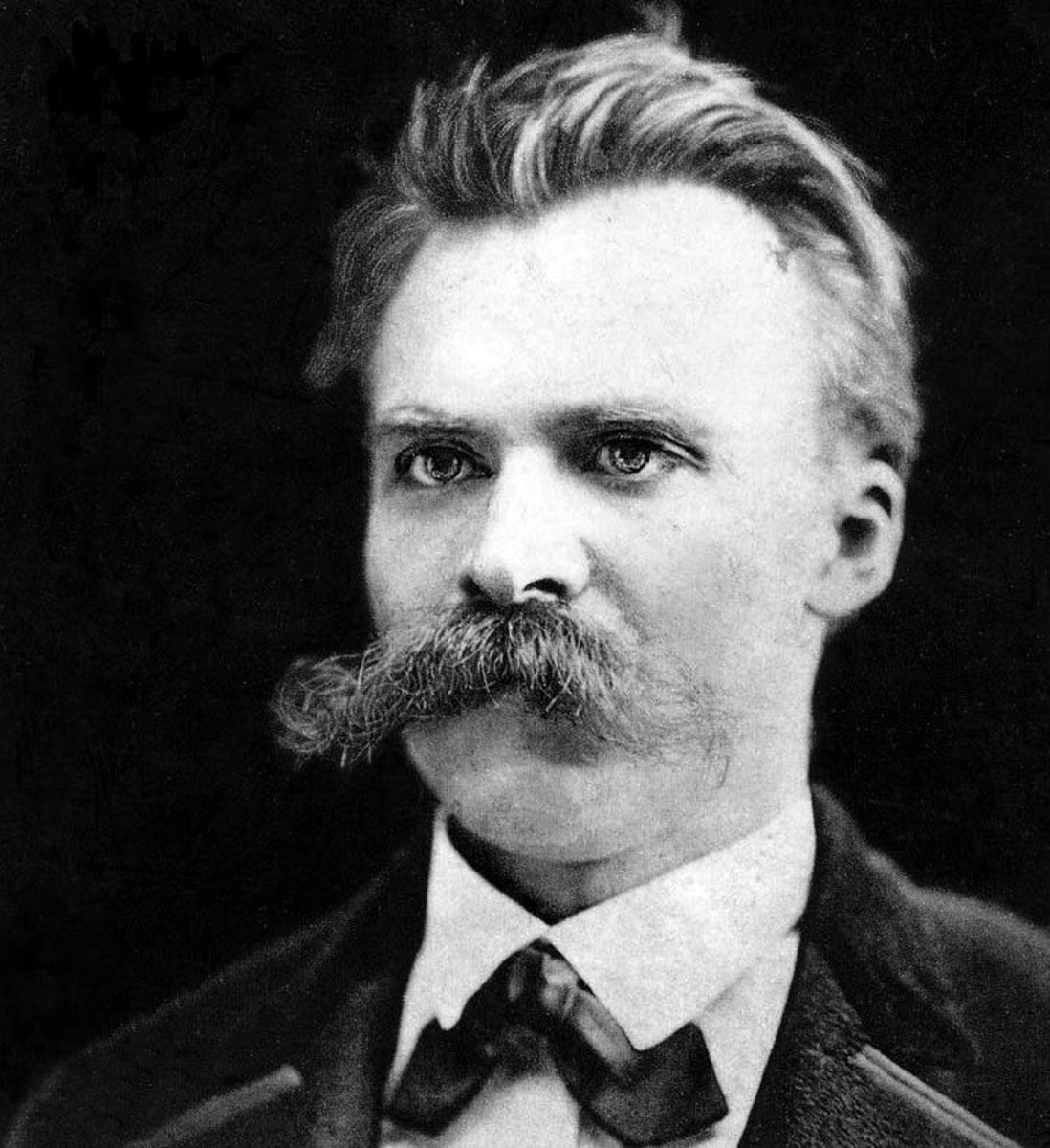Understanding Explained

“Any fool can know. The point is to understand.”- Albert Einstein
It is one thing that all of us experience, the primal urge to understand. We want to understand things, people, and theories. We want to understand, from simple things like the meaning of a word to the working of the universe. Our knowledge unless understood by us isn’t much helpful. So what is this phenomenon which is so common yet so mysterious?
There are two aspect of understanding. First one is the experience and the second one is the structure of experience of understanding which separates it from other types of experiences such as love, pain etc... Here I am only concerned with the second one.
so what is understanding?
Before answering the above question try to answer this question first
How do I KNOW that I don't understand something(Y)?
Let me define a few words first.
Unit: a thought in which two or more specific things are related in a specific way.
Model: an abstraction of units.
Abstraction: A generalized concept derived by extracting the common attributes or qualities from specific things or instances.
Now coming to the question, how do you KNOW that you don't understand something(Y)?
In my view, you are able to know this, because you ALREADY know [what is it to understand] things similar to Y, or in other words, you are aware of a ‘model of understanding’ (MOU) for understanding things similar to Y and on the basis of which you are able to realize that your awareness of Y is [lacking something] as per the MOU which [things similar to Y] don't lack when they are recognized as understood. For example, there is a MOU for understanding the meaning of 'words'. Suppose Y is a word and I don't understand it. How do I "recognize" that I don't understand Y? I recognize this absence of understanding of Y because based on the MOU for understanding words, I know [a word is to be understood in relation to its meaning (which can be a word/concept/thing etc.)] and come to a realization that Y lacks [meaning] in relation to which it can be understood.
You can separate the phenomenon of understanding from other phenomenons. For example, these phenomenons are NOT understanding: Sensations, feelings.
If you observe the phenomenon which you have named as understanding you will realize:
To understand a thing is to see it in its RELATION to other things.
To understand X is to
- know what it means.
- know what it implies.
- know from what it is inferred.
- know its cause.
- know its effect.
- know its value in relation to others
- know its nature/ qualities/ properties.
etc......
In above sentences X is RELATED with its meaning, implications, premises, cause, effect, other concepts and things. Here 'thing' means anything you are aware of- objects, impressions, sensations, ideas, concepts, imaginations etc. X can be understood in relation to many things.
There can be many types of relationship between X and a specific thing Y. The specific relationship (A) between X and Y can be understood in relation to the abstraction-relationship.
[The understanding of X in a specific relation (A) to a specific thing (Y)]= One unit-an abstraction- of understanding. Each unit of understanding of X is COMPLETE. Let’s call one unit of understanding - 'a'. 'a' is a variable. I am not saying that you understand X completely but saying that you understand X [completely in a specific relation to specific thing]. , To say you don’t understand X completely, is to say there are relationships between X and [other things/concepts/events/facts etc.], you haven't grasped yet. There may be infinite types of relationships in which X can be related to infinite things.
A unit is understood in relation to a MOU.
[X = apple]= 'a'
[X = red]= 'a'
[X= $5]= 'a'
[X= 50 grams]= 'a'
[X= Product of certain weather]='a'
[X = combination of certain chemicals]= 'a'
[X= tasty]= 'a'
[X = apple]= 'a'. It means, I recognize a relationship between X [whatever it may be- may be a symbol, may be a fruit I am holding in my hand etc.)] and APPLE [whatever it may be], in other words I understand [X in a specific relation to APPLE], which I call 1unit of understanding of X or 'a'.
There is no such thing as understanding of X in itself, only X in relation to other concepts/ appearances/ representations.
We can combine individual 'a's, in a LOGICAL way, to make composite 'a's
For example I can combine [X=apple] with [X=$5] and[X=red] to form [X= a red apple which costs $5]. Suppose the cost of apple has changed to $15, then I need to modify this 'a'[X=$5] to [X=$15] and the composite 'a' will change accordingly, as [X= a red apple which costs$15].
So you can have,
MORE understanding of X= more 'a's related with each other in a logical way.
LESS understanding of X = less 'a's related with each other in a logical way.
COMPLETE understanding of X = complete collection of 'a's related with each other in a logical way; which is almost impossible.
Now you can say, when you understand something, you have an awareness of an abstraction in which things are RELATED with other things.
But now the question is, how do you recognize the RELATION between them?
This RELATION must have been abstracted from two or more observations of SIMILAR impressions/images/thoughts/circumstances consisting SIMILAR objects which are related (unrecognized) with each other. You can abstract a whole model in which things will be related with other things which I call a MOU.
What is a MOU?
A MOU is a specific structure of thought consisting of specific TYPE of objects with specific types of relationships. It is abstracted from similar units . The MOU of language is not same as the MOU of mathematics. Each has their own set of rules. Their constituent objects have different features, different rules for relating with each other. What is common among them is they are all abstractions of many similar objects and relationships.
How do we identify a MOU?
This is similar to asking how do we identify a tree as tree or a table as table? We identify a tree as tree because it has all the characteristics which a tree should have. It means in order to be identified it should match with our concept of tree. The concept of tree is the abstraction of the common attributes of many specific trees. All these trees are RELATED through the attributes common to them. The concept of tree is understood in relation to specific trees where the relation is commonality among them. Similarly we arrive at a concept of understanding by abstracting it from the specific MOUs and abstract a MOU from many similar units.
So whether I understand an object depends on three things:
- The concept of understanding. I must have a concept of understanding to understand that I have a MOU.
- MOU.
- Object and its relationship with other objects or unit(s).
For example to understand [2+2=4] I must first identify the objects and their relationships. Here the objects are symbols 2, 4 and relationships are represented by symbols + and =. To understand what 2 and 4 means I must first understand numbers. So I must have a concept of numbers to understand 2 and 4. Similarly I must have the concept of mathematical relations to understand + and =. The concept of numbers and mathematical relations are MOUs for understanding 2, 4 and +, =. Then I understand the place of [2+2=4] in the system of mathematics through the MOU of mathematics. Lastly I identify this MOU because of the concept of understanding.
Conclusion: As I have stated in the beginning, the objective of this article is to understand the structure in which we experience understanding. What I have not touched upon is the relationship between the consciousness and structure. May be we can write a computer program to form units of data, abstract models from the units and then abstract a concept of understanding from the models. All the extracted relationships can be stored in its memory. Given an input, it can search from its memory to identify the similar units, models which deals with similar inputs to give an output or it may form NEW units, models and relationships based on the concept of understanding to respond appropriately. The only difference between this program and us will be it will not know that it understands and we know that we understand.
© 2013 Shubhasish Das






